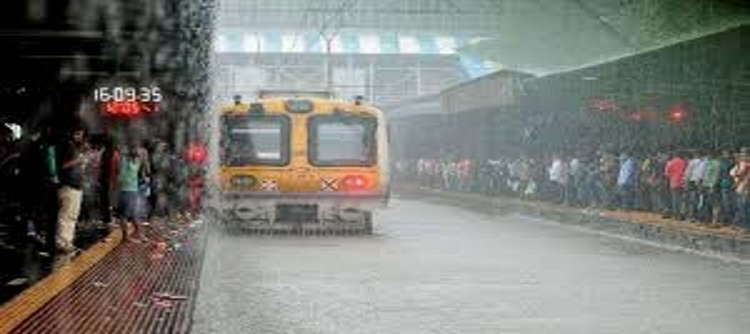
The Track Management System (TMS) is not just meant to give information, but also solutions. Central Railway (CR) officials conceded that this system is being inefficiently used. In times of a disaster such as the floods on August 29, TMS can ideally do a lot more.
The CR authorities agreed that despite spending crores of rupees on a software system meant to augment the overall operations of smooth functioning of trains, the system was only providing updates on movement of trains. The main objective of TMS is to maximise the benefits of material, equipment and manpower inputs made to track and to optimise the life and utilisation of assets without impairing the safety and passenger comfort by ensuring the optimum standards of track geometry by web enabling the existing manual system of track inspection.
On September 1, it was reported how the CR’s TMS software failed to live up to their expectations on August 29, when the city’s suburban rail network was paralysed due to heavy rains.
Sources said that this system can do miracles if used to its optimum and if it is upgraded. TMS Application is used for Asset Management, Rail & Weld Fracture, Track Monitoring by Machines, Maintenance by Machines & USFD Testing, Engineering Control-Caution Orders and Traffic Blocks, Track Renewal & Deep screening, Ballast Supply and Insertion, Patrolling & Accidents Reporting. “It can identify and automatically inform the shortest alternative routes, diversions during rail accidents immediately, plan rail timetable where services can be used efficiently and even allow communication between all motormen/guard plying in times of disaster,” said a CR official.
The officials said that a few months ago they had also discussed the need to upgrade their TMS, but it was ditched on the grounds that it would incur additional cost. A whopping Rs 32 crore has been spent on installing this TMS.
Hardware/System Software Infrastructure is built over IBM Power Systems for RISC Architecture, SAN, Tivoli Back Solution, Tivoli Directory Server, WebSphere Application Server, DB2 database, Edge Component, WebServer, Lotus Expeditor, Lotus Mobile Connect. 2340 number of Netbooks has been delivered in 28 IR divisions for TMS application by CRIS. The Disaster Recovery Site has been set up at IRICEN Pune for recovery of data in case of disaster which is an important feature in TMS. Currently TMS has been implemented on entire Indian Railways.
On August 29, TMS proved to be of little use as the control room could not even inform the motormen and guards about the status of stranded trains carrying thousands of commuters.
The CR installed the TMS at Chhatrapati Shivaji Maharaj Terminus (CSMT) to monitor and keep an eye on train-running in the suburban section.
